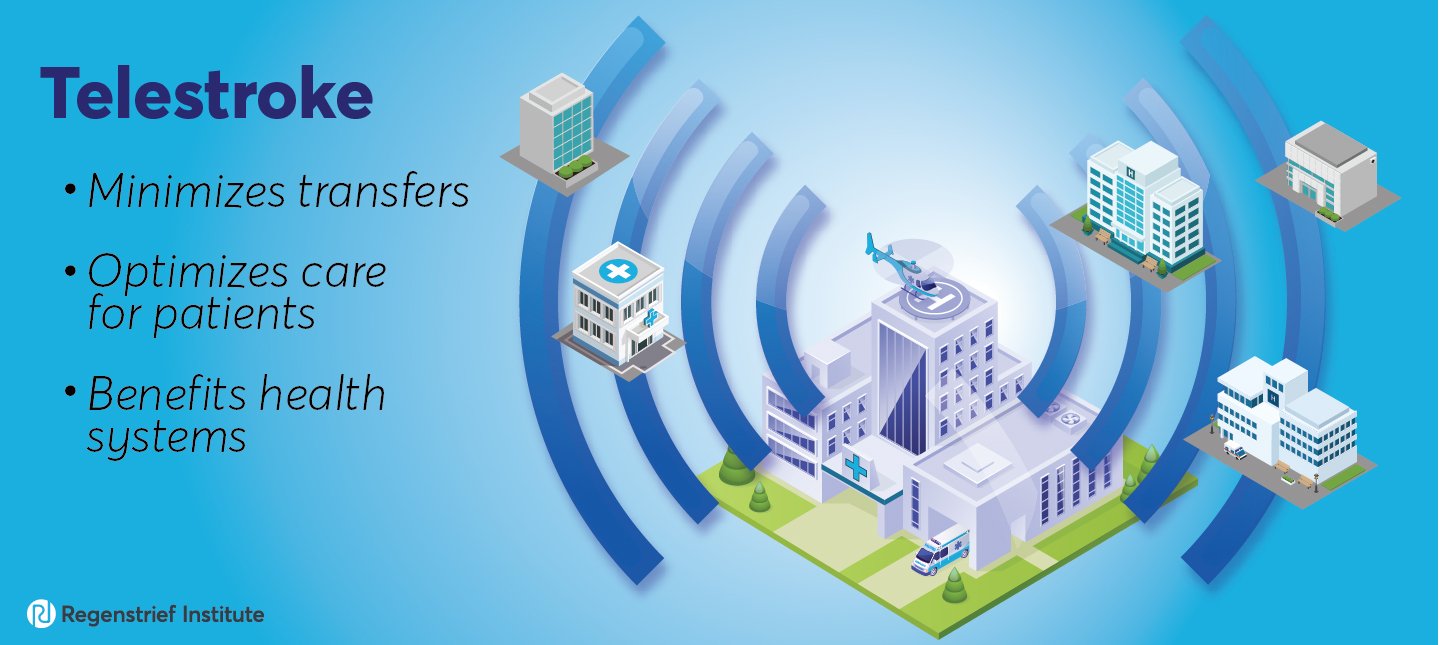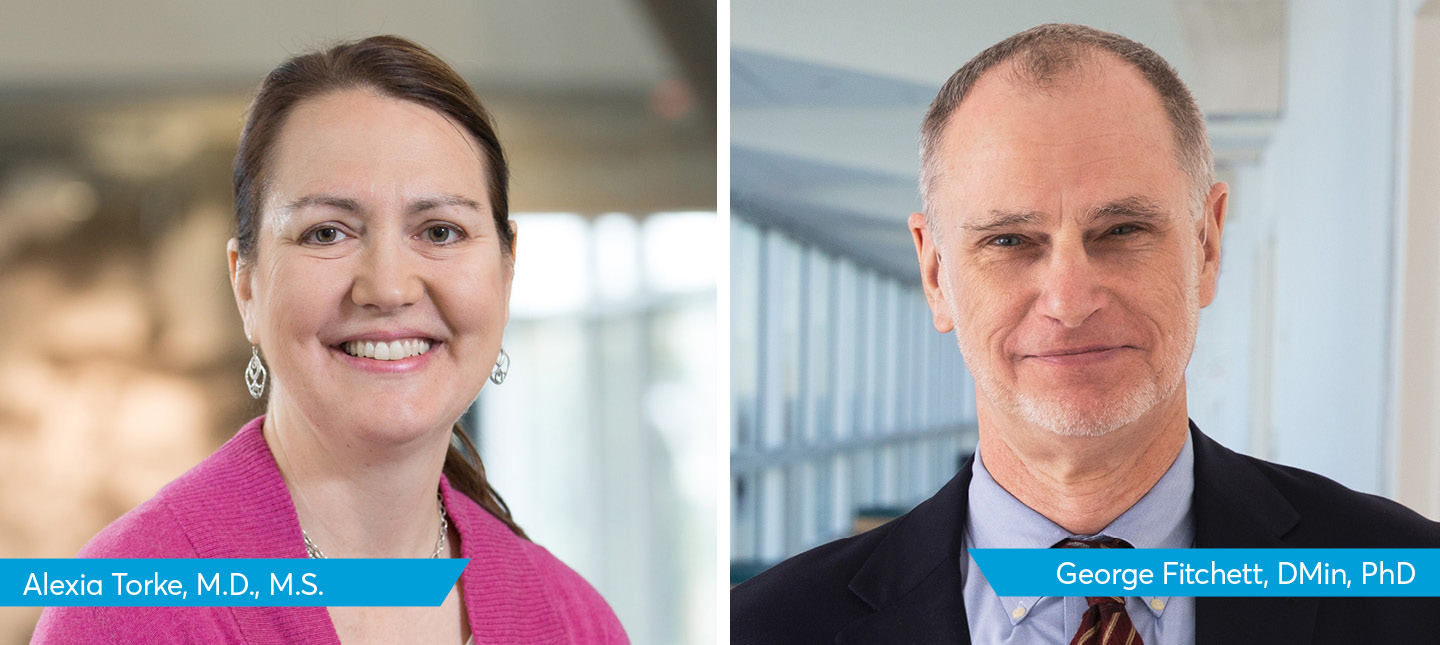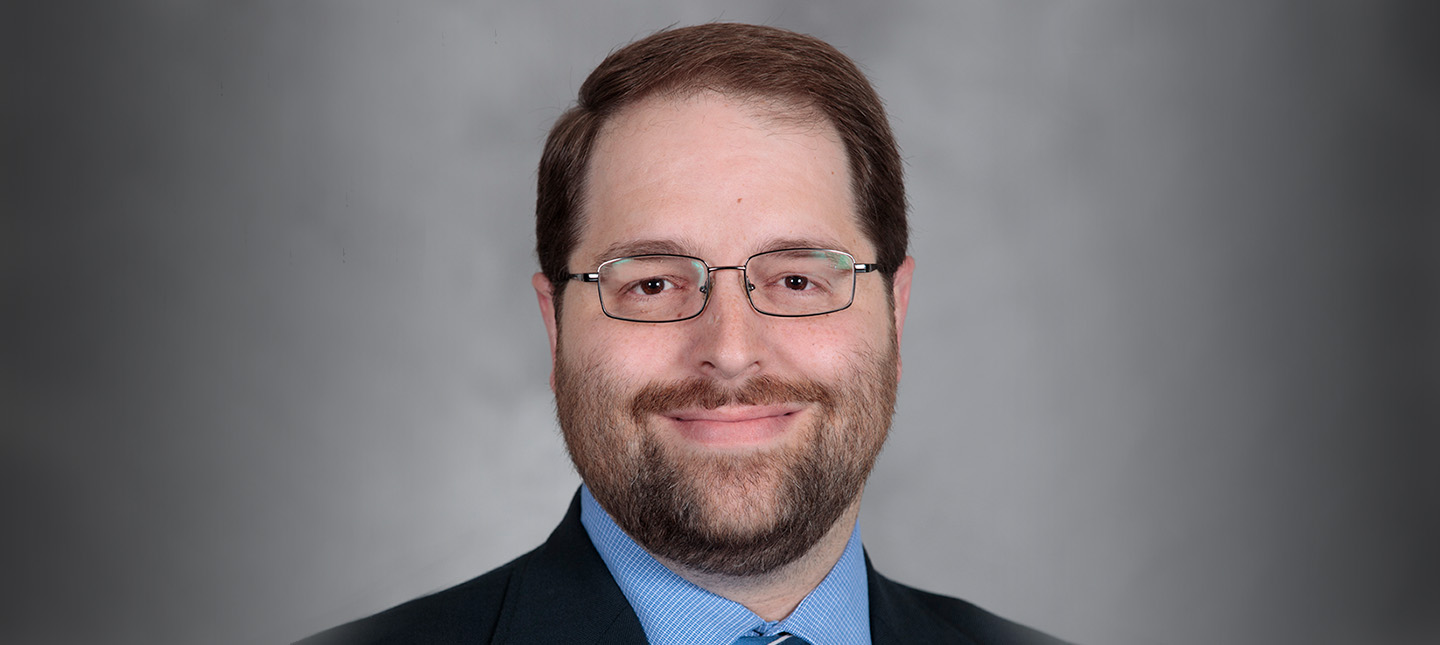Odds of being transferred decreased by 60 percent after implementation
The U.S. Department of Veterans Affairs Veterans Health Administration (VHA) National Telestroke Program has made expert stroke care quickly available to patients, even at rural facilities with limited staffing. A new study from the VA, Regenstrief Institute and Indiana University School of Medicine shows the telestroke program prevents unnecessary hospital transfers for stroke patients.
“This analysis suggests that telestroke provides additional benefits for both patients and health systems,” said senior author Linda S. Williams, M.D., a VA researcher and a Regenstrief research scientist in Indianapolis. “It increases care efficiency and cost-effectiveness, while further optimizing care for the patient who does not have to endure an unnecessary or even counterproductive transfer to another facility.”
The VHA National Telestroke Program provides acute stroke care at facilities that do not have a neurologist available. Through a mobile device, a neurologist from the central hub is able to evaluate the patients and provide a treatment plan for the on-site staff to carry out. Some patients can be treated at the community facility, while others need to be moved to a hospital with a higher level of care such as a comprehensive stroke care center. The neurologist from the central hub helps the on-site clinical team make that decision.
For this study, the researchers analyzed the number of patient transfers at 21 VHA facilities before and after the implementation of the telestroke program. They found the likelihood of being transferred to another facility decreased by 60 percent after the program’s implementation. The program also increased the chance that the patient received timely acute stroke treatment (thrombosis).
“The VHA telestroke program facilitates timely assessment of stroke and elevates the level of care at smaller facilities, eliminating the need for many transfers,” said Dr. Williams. “This demonstrates another strategy to leverage telehealth in acute care settings while also reducing rural healthcare disparities.”
“Impact of Telestroke Implementation on Emergency Department Transfer Rate” is published online ahead of print in Neurology®. This project was funded, in part, by the VA Office of Rural Health and the VA Health Services Research and Development Precision-Monitoring Quality Enhancement Research Initiative (QUERI).
In addition to Dr. Williams, other authors on the paper are Michael Lyerly, M.D., University of Alabama at Birmingham, Birmingham VA Medical Center and VHA National Telestroke Program; Joanne Daggy, PhD, IU School of Medicine; Michelle LaPradd, M.S., IU School of Medicine; Holly Martin, MPH, IU School of Medicine and VA Health Services Research and Development (HSR&D) Center for Health Information and Communication, Roudebush VA Medical Center; Brandon Edwards, B.A., VA HSR&D Center for Health Information and Communication, Roudebush VA Medical Center; Glen Graham, M.D., PhD, VHA National Telestroke Program; Sharyl Martin, M.D., PhD, VHA National Telestroke Program; and Jane Anderson of the VHA National Telestroke Program.
About Linda S. Williams, M.D.
In addition to her role as a research scientist at Regenstrief, Linda S. Williams, M.D., is a core investigator for the U.S. Department of Veterans Affairs Health Services Research and Development Center for Health Information and Communication, Richard L. Roudebush VA Medical Center. She also is a professor of neurology at Indiana University School of Medicine.
About the VA Health Services Research and Development Center for Health Information and Communication
Located at the Richard L. Roudebush VA Medical Center, the Health Services Research and Development (HSR&D) Center for Health Information and Communication (CHIC) group is a diverse cadre of researchers collaborating to transform the healthcare system, both within and outside the VA so every patient receives consistent, high-quality care.
About Regenstrief Institute
Founded in 1969 in Indianapolis, the Regenstrief Institute is a local, national and global leader dedicated to a world where better information empowers people to end disease and realize true health. A key research partner to Indiana University, Regenstrief and its research scientists are responsible for a growing number of major healthcare innovations and studies. Examples range from the development of global health information technology standards that enable the use and interoperability of electronic health records to improving patient-physician communications, to creating models of care that inform practice and improve the lives of patients around the globe.
Sam Regenstrief, a nationally successful entrepreneur from Connersville, Indiana, founded the institute with the goal of making healthcare more efficient and accessible for everyone. His vision continues to guide the institute’s research mission.
About IU School of Medicine
IU School of Medicine is the largest medical school in the U.S. and is annually ranked among the top medical schools in the nation by U.S. News & World Report. The school offers high-quality medical education, access to leading medical research and rich campus life in nine Indiana cities, including rural and urban locations consistently recognized for livability.











